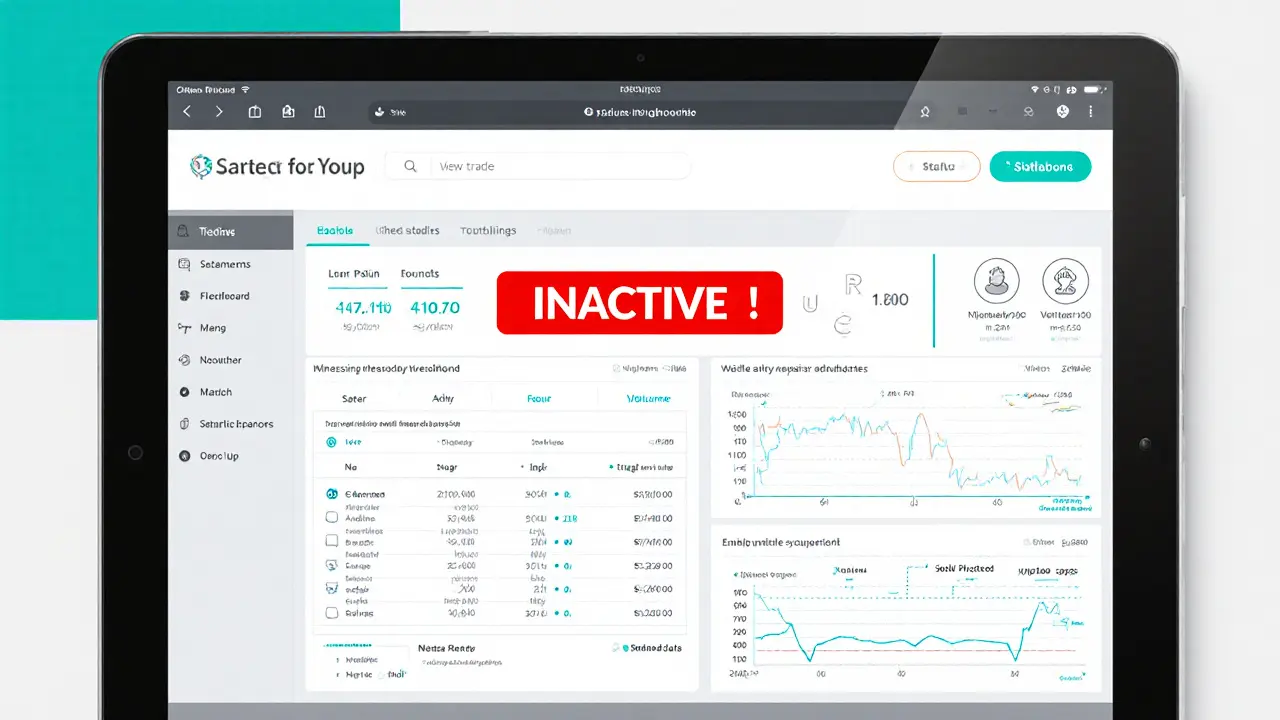DEX Transparency
When talking about DEX Transparency, the practice of openly sharing fee structures, pool composition, and token flow data on decentralized exchanges. Also known as decentralized exchange transparency, it helps users verify that trades happen fairly and that liquidity isn’t hidden. The concept sits next to Liquidity Pools, collections of tokens that traders draw from and add to during swaps and Automated Market Makers, algorithmic systems that price assets without an order book. Together they form the backbone of any modern DEX.
DEX transparency matters because it directly influences trust. A transparent fee model lets a trader compare costs across platforms before clicking “swap.” When liquidity pool balances are visible, users can spot sudden inflows or outflows that might signal a pump‑and‑dump scheme. The relationship can be seen as a semantic triple: “DEX transparency encompasses liquidity pool visibility,” and another: “Automated market makers rely on transparent data to set fair prices.” Without clear data, smart contracts could execute trades that look legitimate on‑chain but hide hidden slippage or front‑running. That’s why developers embed audit logs and on‑chain dashboards into the UI – to turn opaque code into actionable insight.
Key Aspects of DEX Transparency
First, fee disclosure. Every swap on a DEX triggers a protocol fee, often a fraction of a percent. When that fee is displayed alongside the price impact, a trader can instantly gauge whether a trade is worth it. Second, pool composition. Knowing the exact ratios of assets in a pool lets users estimate price slippage before they trade, reducing surprise losses. Third, token swap pathways. Some DEXes route a trade through multiple intermediate pools; exposing that path helps users understand why a swap might cost more than expected. Finally, governance data. Many DEXes allow token holders to vote on fee changes or new pool additions; publishing those proposals and voting results keeps the community in the loop. In practice, on‑chain analytics platforms pull this data from smart contracts, format it, and feed it back to the UI – turning raw blockchain records into readable charts.
Beyond the basics, transparency also drives ecosystem health. When a new project lists its token on a DEX, clear pool data lets the community assess liquidity depth and potential manipulation. Audited smart contracts, publicly verified on platforms like Etherscan, give developers a benchmark for security. Researchers use open data to model market behavior, improving the accuracy of price oracles that many DeFi protocols rely on. In short, the more open the data, the easier it is to build tools, conduct analysis, and foster competition among DEXes – all of which push the technology forward.
For readers who are ready to dive deeper, the collection below covers real‑world examples and detailed reviews. You’ll find a Balancer v2 analysis that breaks down its fee model, a look at how Proof of View tech fights ad fraud on Verasity, and guides on token airdrops that illustrate how transparency (or the lack of it) can make or break a distribution. Whether you’re a trader looking for the safest swap or a developer building the next DEX, the posts ahead give practical insights you can apply right now.

EtherFlyer Crypto Exchange Review - DEX Status, Transparency & Risks (2025)
A detailed 2025 review of EtherFlyer crypto exchange, covering its launch, transparency gaps, user feedback, regulatory context, current non‑operational status and why traders should avoid it.
